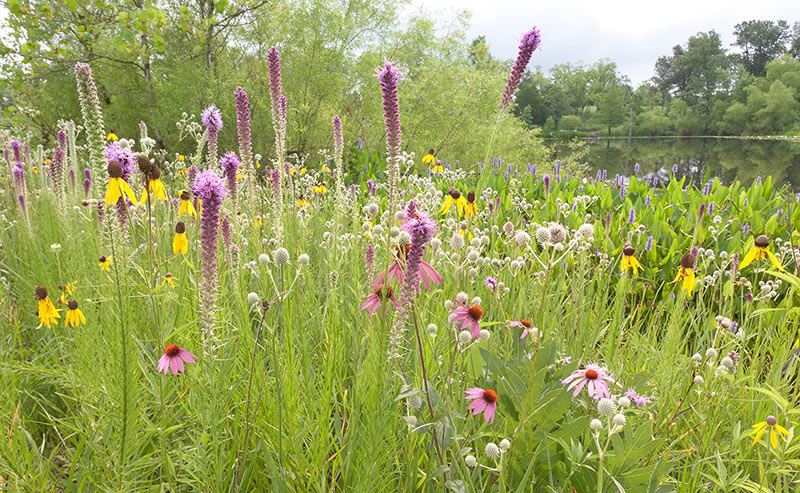
Reader, as you know by now, wild is better for bees. And when I say “wild,” I mean a wild habitat. Wildness. Wild flowers.
Manicured lawns have absolutely nothing to offer the bees.
Those bees that I keep in neighborhoods with manicured lawns—those lawns sprayed to remove all hint of dandelion and clover and gorgeous weeds—starve. The bees starve because after the trees lose their blooms and leaf out in the spring, nothing remains on which the bees can forage. Summer and autumn and winter become a prolonged dearth.
Those bees living in areas with wild prairie and meadows, those hives that have access to three-season forage, thrive.
I drive through my neighborhood and I see nothing but manicured lawns. I live in a beautiful, affluent neighborhood. One known for its stewardship of green spaces. But I’m coming to realize that my affluent neighbors and I have been neglectful. We’ve neglected the wild. We keep the wild too much at bay. Much to the detriment of our wildlife. And our wild lives. We need our wild lives.
So, this year, Reader, I’m on a bandwagon.
I plan to gather my affluent and influential clients…those who have lawn to spare. Those who hire landscapers to keep their expansive lawns nice and green. Those who can afford to do what I propose. I want us to meet together with representatives of Ohio Prairie Nursery and with our landscapers and with our city council representatives. I want us to begin devoting parts of our lawn to wildness.
Watch us, Reader. We’re gonna transform our lives. And it will be gorgeous.





